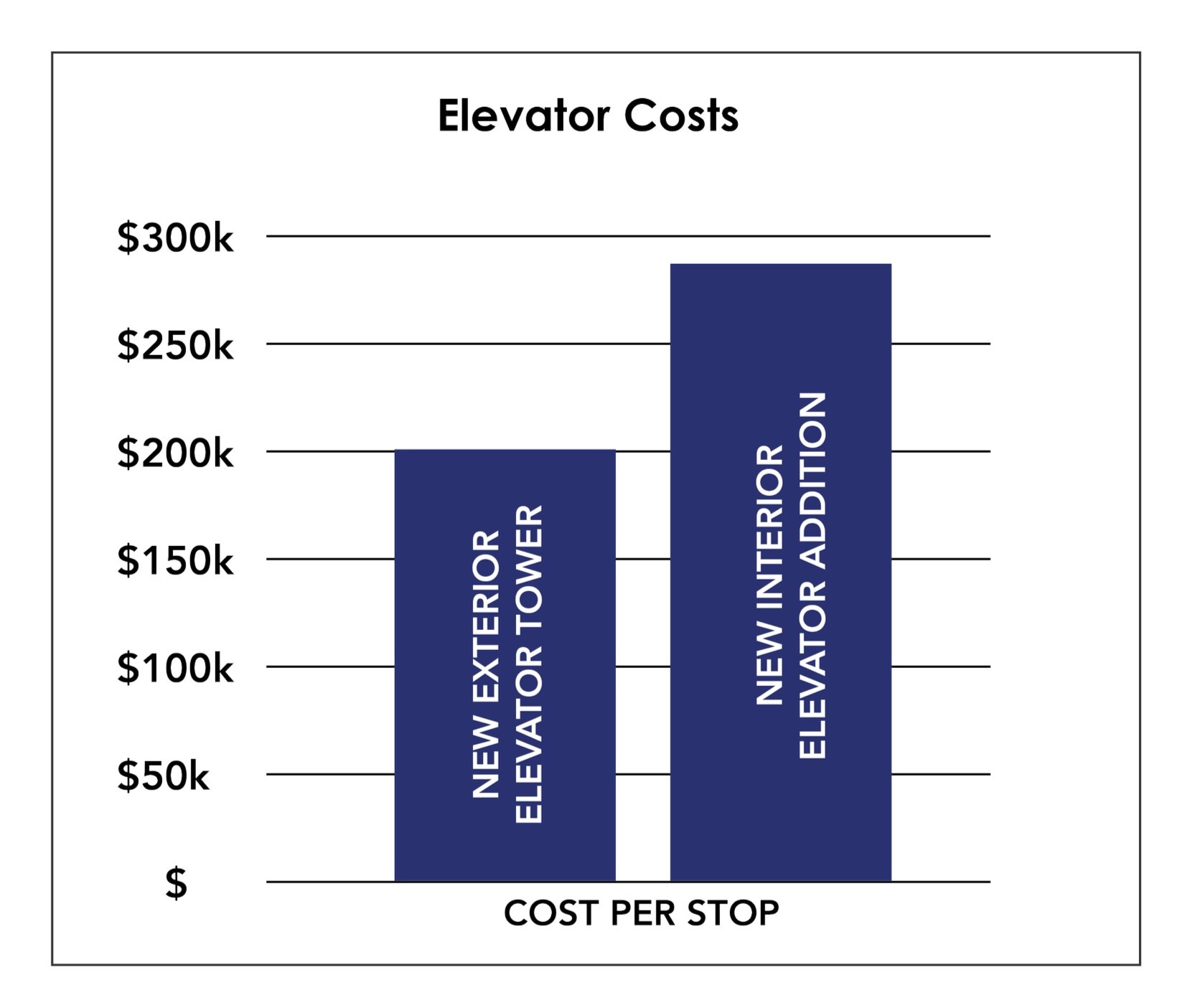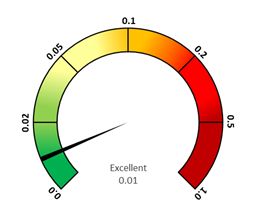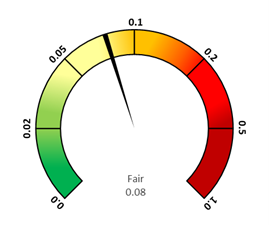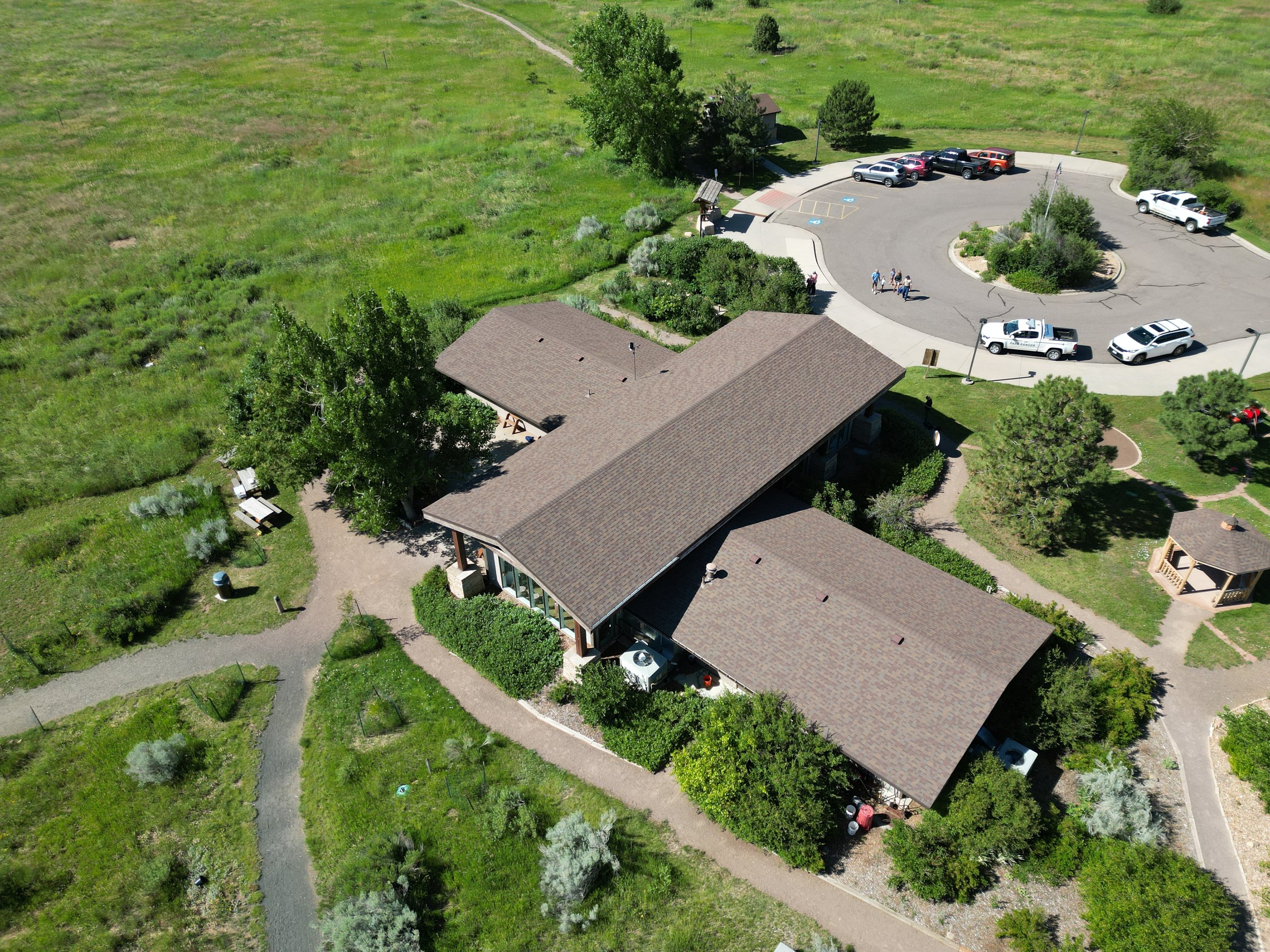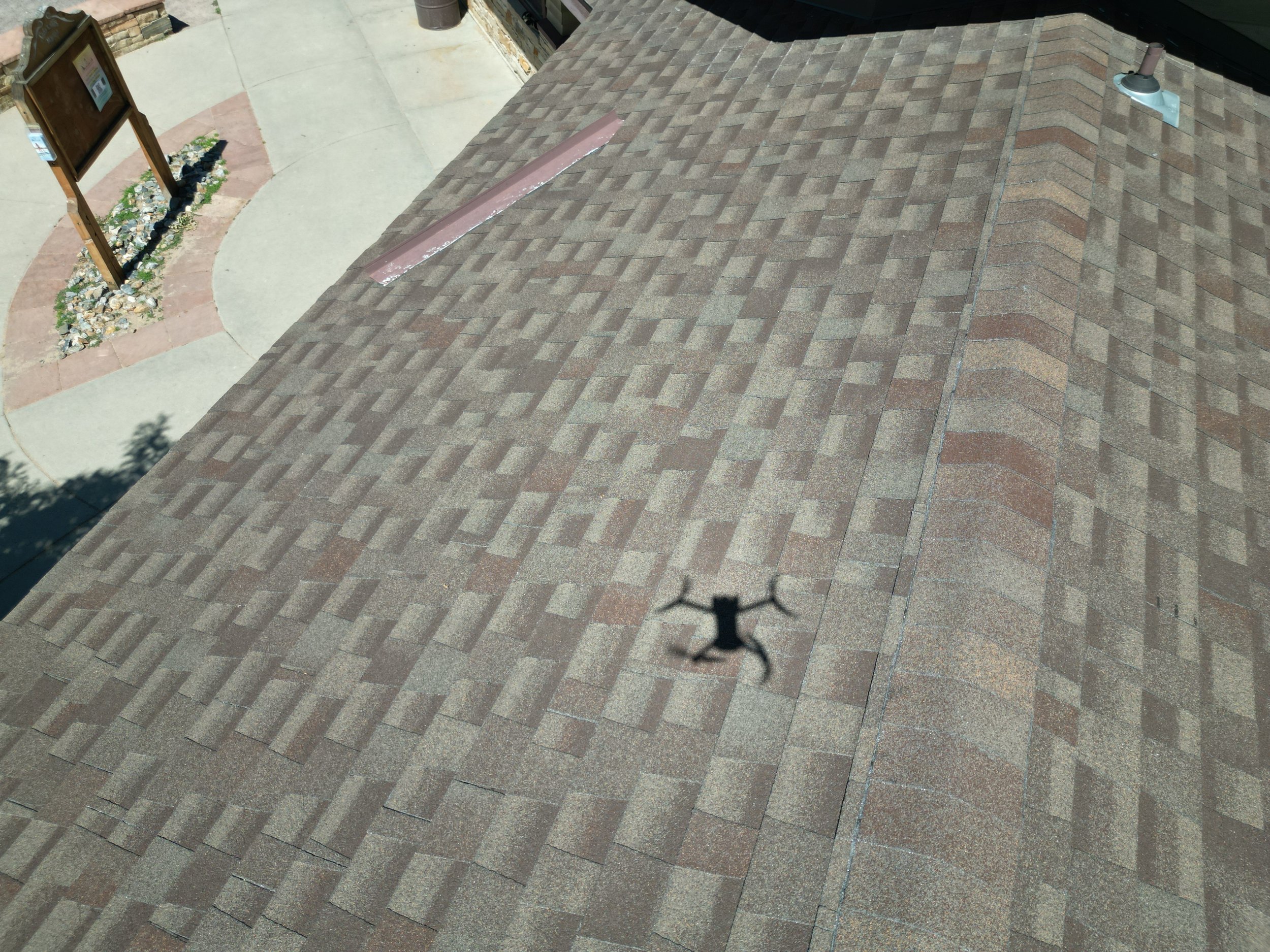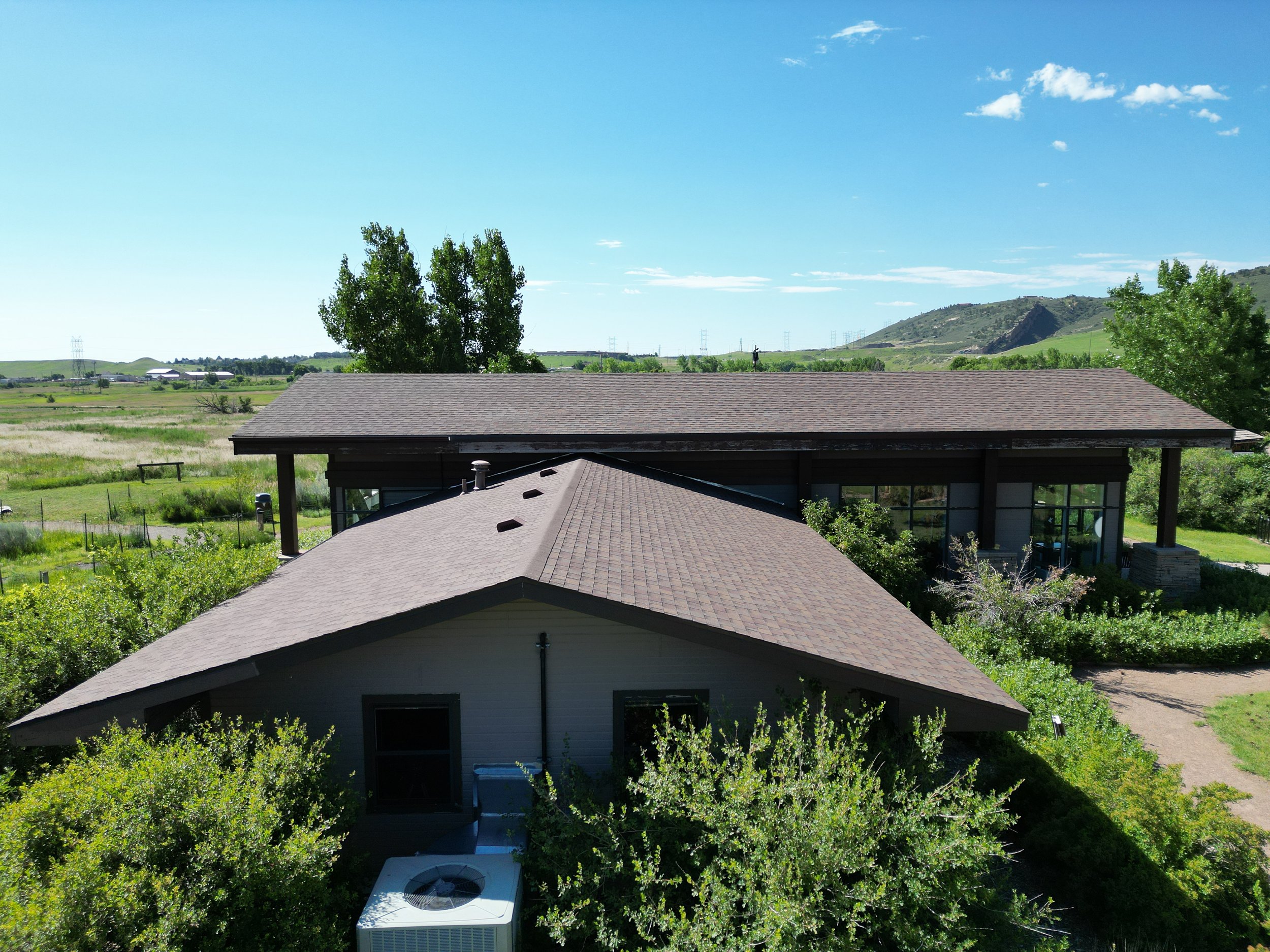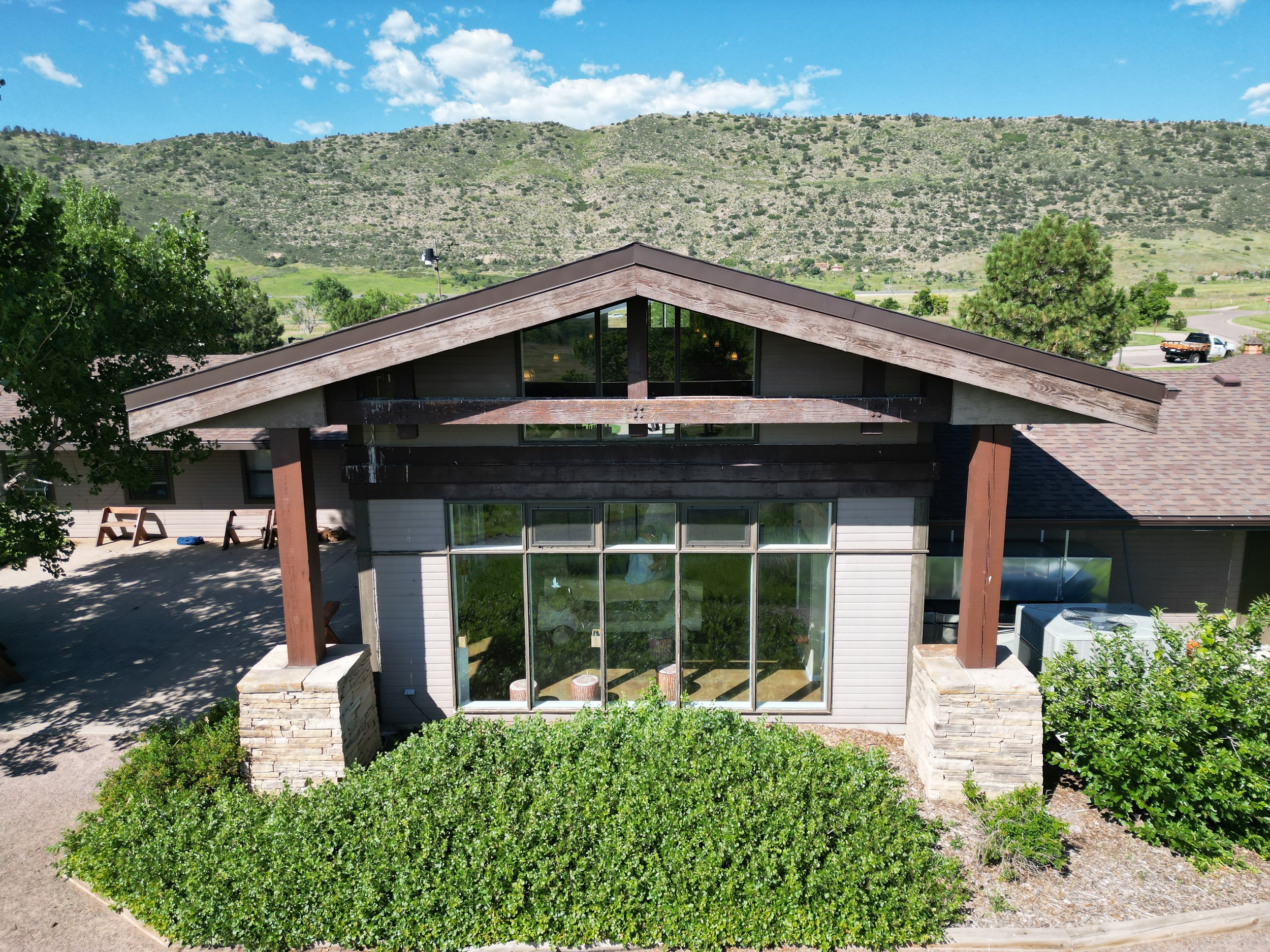Pictured above is one of nine schools in Transylvania County where Axias provided Facility Condition Assessments.
In North Carolina, school districts are required to conduct condition assessments of school facilities every five years. This process involves evaluating the physical condition of school buildings, including structural, mechanical, electrical, plumbing, and other systems, to ensure they meet safety and performance standards. These assessments are crucial for identifying necessary maintenance, repairs, and upgrades to maintain a safe and conducive learning environment for students and staff. The results of these assessments inform capital improvement plans and funding requests to address any identified issues.
Over the past year, Axias has worked with many school districts and private schools, including two North Carolina school districts, conducting facility condition assessments of their facilities and developing programs to help them address capital and maintenance projects.
Transylvania County is nestled in the picturesque mountain region of western North Carolina. As a rural district, Transylvania County Schools face challenges such as funding limitations, but the County also benefits from its close-knit community relationships and unique local learning experiences. Axias was engaged to complete an assessment of the nine schools in the Transylvania County district: four elementary schools, two middle schools, and two high schools, as well as an alternative school, and district support facilities.
The assessment helped the County identify a capital need of $94 million to address construction projects over the next ten years. Common issues were identified across the schools, with roof replacements and HVAC improvements driving costs. Axias' risk-based approach to classifying recommendations identified the most critical and high-priority projects based on the consequences of not addressing these projects in a timely manner. With this risk-based prioritization information, the County's Educational Capital Work group is encouraging the board of Education to invest in a target list of projects that will have the highest impact on overall condition. You can read more about this work here.
Across the State, in Warren County, Axias was engaged to support another district in addressing similar issues. Axias provided a condition assessment of three elementary schools to help determine if a consolidation project would be more cost-effective than capital investment in all three schools, which all needed extensive infrastructure upgrades. The condition assessment helped the School Board decide to move forward with consolidating the elementary school. Based on the findings of the FCA, the board determined it would be a more efficient use of taxpayer money and grant funds to build a new, better-designed elementary school that can comfortably serve all Warren County Schools elementary students, staff, and families.
The importance of conducting regular condition assessments of school facilities cannot be overstated. These assessments serve as a critical tool for identifying maintenance needs, repairs, and upgrades necessary to uphold safety and functionality standards in educational environments. Through our recent engagements with Transylvania County Schools and Warren County Schools in North Carolina, Axias has demonstrated its commitment to supporting rural communities in addressing infrastructure challenges. By employing a risk-based approach and collaborating closely with educational stakeholders, Axias has played a pivotal role in informing strategic decisions aimed at optimizing capital investments and improving overall learning environments. As we continue our work in partnership with school districts across the State, we remain dedicated to fostering thriving educational spaces that empower students and educators alike.
